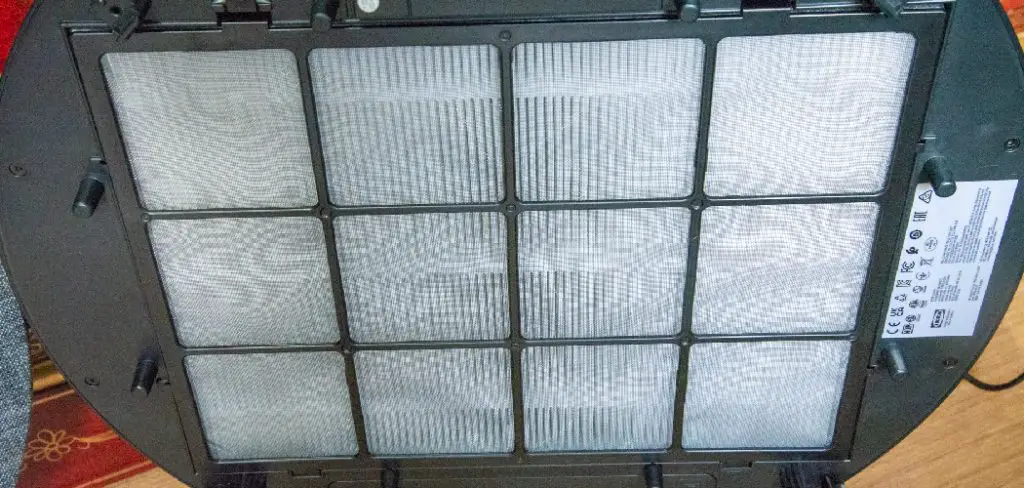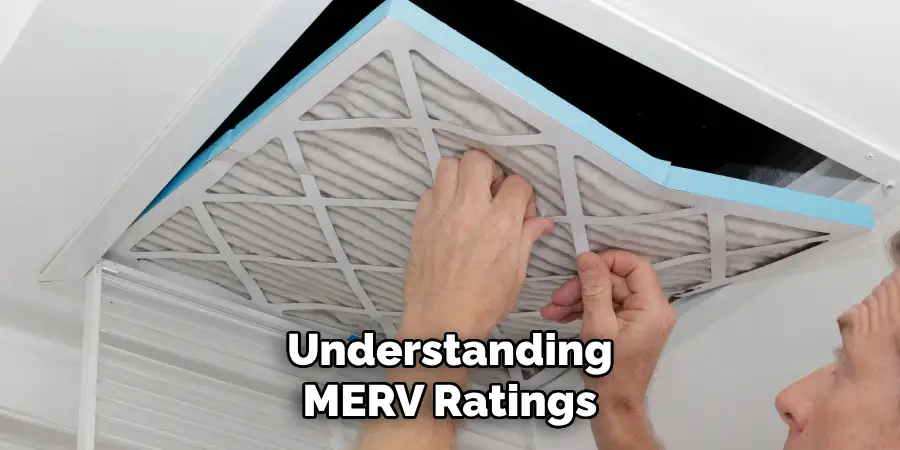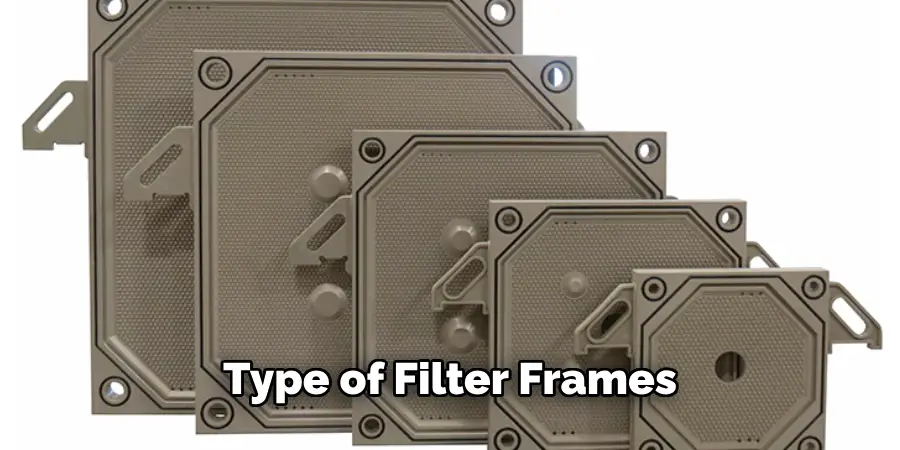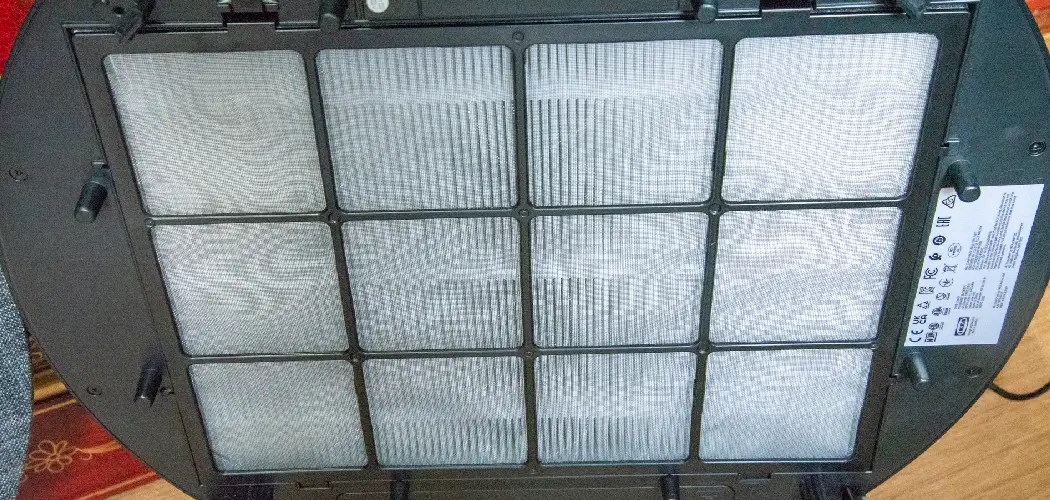When selecting an air filter for your home or office, understanding the MERV rating is crucial. MERV, which stands for Minimum Efficiency Reporting Value, indicates the filter’s ability to trap particles of varying sizes.

Higher MERV ratings signify better filtration efficiency, which can significantly impact indoor air quality. In this guide, we will explore how to find merv rating on filter, and what to consider when choosing the best filter for your specific needs.
What is a MERV Rating?
A MERV rating is a standardized measurement developed by the American Society of Heating, Refrigerating, and Air-Conditioning Engineers (ASHRAE) to evaluate the efficiency of air filters. The scale ranges from 1 to 16, with higher numbers indicating a greater ability to capture airborne particles.
Filters with a MERV rating of 1-4 are less effective and primarily trap large particles like dust and pollen, while those rated 13-16 can capture smaller particles, including smoke, pet dander, and even some viruses.
Understanding the MERV rating of a filter is essential for selecting the right product to meet your air quality needs, as it directly correlates with the filter’s capability to improve the air you breathe.
Understanding MERV Ratings
Understanding MERV ratings is essential for making informed decisions about air filter selection. Each filter’s MERV rating indicates its effectiveness in trapping different sizes of particles, ranging from larger debris to finer pollutants.
For instance, filters with a MERV rating of 5-8 are suitable for residential use as they capture a wider range of particles, including mold spores and some dust mites. However, these filters may not be sufficient for spaces with specific air quality concerns, such as hospitals or cleanrooms, where filters rated 13 or higher are necessary to remove even microscopic particles and allergens.
It’s also important to consider the balance between filtration efficiency and airflow; while a higher MERV rating typically means better filtration, it can also lead to increased resistance, potentially straining HVAC systems.

Thus, choosing the right MERV rating involves evaluating your environment, specific filtration needs, and the operational capacity of your heating and cooling systems.
10 Methods How to Find Merv Rating on Filter
1. Check the Filter Packaging
One of the easiest and most straightforward ways to find the MERV rating of your air filter is by checking the packaging it came in. Manufacturers typically print the MERV rating on the front or side of the filter box, often alongside other important information such as filter dimensions and recommended replacement intervals.
Look for a label or section that provides the filter’s efficiency, typically in the form of “MERV X” (with X being the number indicating the rating). If you’ve recently purchased the filter and still have the packaging, this should be your first point of reference.
2. Look for the Rating on the Filter Frame
If you don’t have the packaging but still have access to the filter itself, inspect the frame or edge of the filter. Many manufacturers print the MERV rating directly onto the frame, making it easy to identify even after the packaging has been discarded.
The rating is often located near the filter’s brand name, model number, and dimensions. The print might be small, so be prepared to look closely. If the filter has been in use for some time and is dusty, you may need to clean off the edges to make the rating visible.

3. Consult the Manufacturer’s Website
If the MERV rating is not listed on the filter or packaging, another reliable method is to visit the manufacturer’s website. Most reputable filter manufacturers provide detailed specifications for each of their products online, including the MERV rating.
Look for the model number or product line on your filter, and then search for that specific filter on the company’s website. Once you locate the product page, the MERV rating should be listed along with other technical details. This is especially useful for more specialized filters that may not have the rating printed directly on them.
4. Check Your HVAC System Manual
If you’re using a filter that was specifically recommended or provided by your HVAC system manufacturer, the MERV rating might be listed in the system’s user manual. Many HVAC manufacturers recommend filters within a specific MERV range to ensure optimal system performance without restricting airflow.
Check the maintenance or filter replacement section of your manual for information about the recommended filter type and MERV rating. If the exact filter model isn’t mentioned, the manual may at least provide a MERV range (e.g., MERV 8 to MERV 11) that is suitable for your system.
5. Contact the Filter Manufacturer’s Customer Support
Another effective method for finding the MERV rating is by contacting the filter manufacturer’s customer support. Most manufacturers have dedicated customer service teams that can assist with product inquiries, including questions about the MERV rating.
You’ll need to provide the model number or dimensions of your filter, and in many cases, they can give you the exact MERV rating over the phone or via email. This is particularly useful if the filter is old or if you’re unable to locate the information through other means. Be sure to have all relevant information ready when contacting customer support to speed up the process.
6. Look for the Filter’s Product Code or SKU
Many air filters come with a product code or SKU (stock-keeping unit) printed on the frame or packaging. If you can find this number, you can often use it to search for the filter online or directly on the manufacturer’s website to determine the MERV rating.
Inputting the product code into a search engine or online retailer’s website can lead you to product pages that detail the filter’s specifications, including the MERV rating. This method is particularly helpful for filters that don’t have the rating prominently displayed on the filter itself.
7. Visit an HVAC Supply Store
If you’re having trouble finding the MERV rating through online or manufacturer resources, visiting a local HVAC supply store or home improvement center can be a good alternative. Bring the filter with you, and the staff at the store can help you identify its MERV rating.
Many HVAC professionals are familiar with common filter brands and models, and they may be able to provide information about your filter based on its appearance, size, and other characteristics.

Additionally, they can recommend a suitable replacement filter with a comparable or better MERV rating.
8. Compare the Filter to a Known MERV Scale
If you are unsure of the exact MERV rating but have a general idea of the filter’s performance, you can compare its design and material to a known MERV scale. Filters with lower MERV ratings (1-4) typically have less dense materials, such as fiberglass, and are only capable of capturing larger particles like dust and lint.
Filters with higher MERV ratings (8-13) often have pleated designs and are better at capturing smaller particles like pollen and mold spores. By comparing your filter’s design and density to filters with known MERV ratings, you can make an educated estimate of its efficiency.
9. Consult an HVAC Professional
If you’re unsure about your filter’s MERV rating or want to ensure you’re using the right filter for your HVAC system, consulting an HVAC professional can be an effective solution. HVAC technicians are trained to work with a wide range of systems and can help you determine the most appropriate filter for your home or business.
They can also inspect your current filter and provide an expert opinion on its MERV rating and whether it’s suitable for your specific air quality needs. An HVAC professional can also advise on the best filter replacement options based on your system’s capacity.
10. Search for Online Product Reviews and Forums
Lastly, online product reviews and forums can be valuable resources for finding the MERV rating of your air filter. Many people share their experiences with specific filters, including their MERV ratings, in online reviews and discussion boards.
By searching for the brand and model of your filter in a forum or review site, you may be able to find posts that include the MERV rating or at least discussions on the filter’s effectiveness.
While this method may not be as reliable as manufacturer or professional sources, it can provide useful insights when other options are unavailable.

Conclusion
Understanding the MERV rating of your air filter is essential for maintaining optimal air quality in your home or workplace. By utilizing the various methods outlined—whether it’s checking the manufacturer’s specifications, consulting your HVAC system manual, or seeking assistance from professionals—you can ensure that you are using a filter that meets your specific needs.
Regularly monitoring and replacing your air filter based on its MERV rating will not only enhance indoor air quality but also contribute to the efficiency and longevity of your HVAC system. Thanks for reading, and we hope this has given you some inspiration on how to find merv rating on filter!

